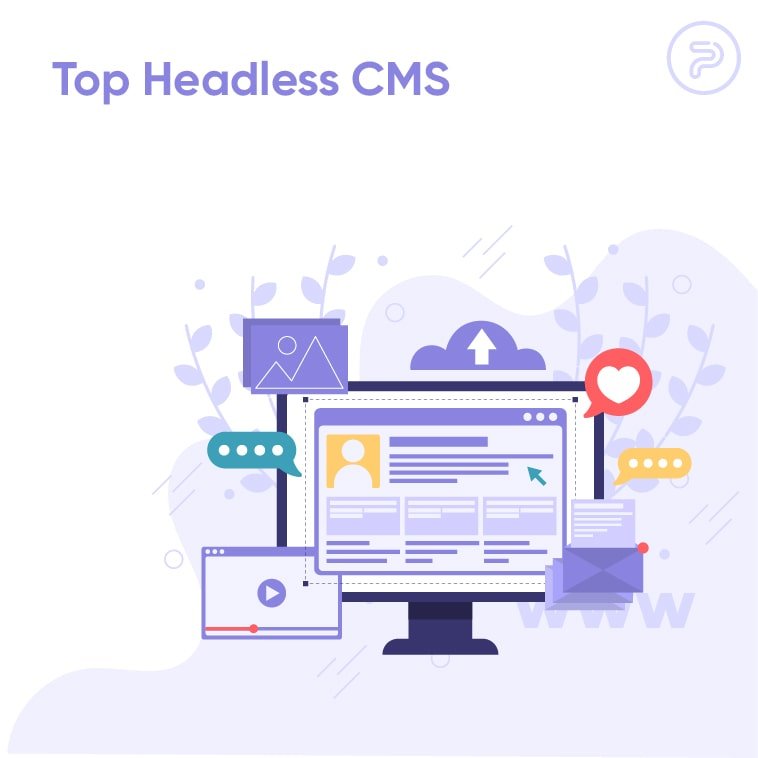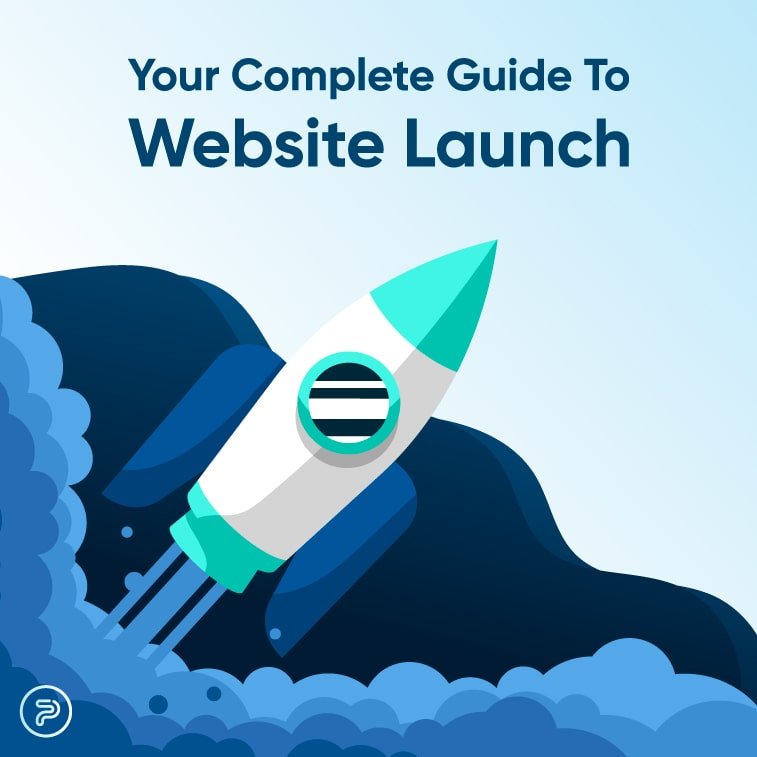If you've been in the digital arena for a while now, you definitely know that the internet is content-driven, and in the world of business, it can have a profound influence on your online visitors/customers.
Creating and publishing high-quality content can help your business grow, reach out to new people, and give them an outstanding digital experience. On the other hand, delivering poor content can even potentially hinder your and your customers’ digital journey.
Being on top of your game is crucial in the digital realm, and using the right tools to deliver quality content is a top priority for every site that wishes to remain relevant.
To meg publishing high-quality content even easier, Headless Content Management Systems have emerged. At this point, it seems like they are here to stay, and as such, we thought it would be a good idea to round up the top 10 top headless CMS of the current year that will be pretty influential in 2023 as well.
Headless CMS? What’s That?
Before jumping into it, it’s only natural to talk a bit more about the system itself. The term Headless itself refers to the fact that these platforms use no frontend. Therefore, a headless CMS has a backend system and an API which is responsible for storing and distributing content.
The API makes it possible pushing content to a web service on any given device (may that be a laptop, smartwatch, smartphone, etc.) and fulfills the role of the frontend impeccably as it executes the content into a webpage, and making it a more preferable like the traditional frontend-backend-like system that other content management platforms use (think: WordPress).
Additionally, you don’t need any hosts when using a headless system, making maintenance a whole lot easier. Among other positive effects, the simplicity of maintenance can also improve the workflow with the platform and can streamline the process of creating quality content greatly.

10 Best Headless CMS Software
Directus
Directus is a possible headless CMS-favorite for customized-database projects. The platform itself is written with backbone.js, and REST is responsible for the API. To top it off, it’s powered by PHP. Need more? It’s a free piece of open-source software without any kind of limitations, licenses, premium versions, or trials.
This headless system stores all system data separately. This enables customers to have total control over the entire schema and can manage existing databases freely. Data tracking and possible rollbacks, on the other hand, help prevent and loss of data.
Directus also sports an automatic interface that’s simple and easy to use.
Prismic
This CMS was launched back in 2013. Since then, Prismic has been the go-to option for many well-known giants, like Netflix, Google, and Deliveroo.
So, what makes Prismic so popular? The tool caters to your needs, allowing you to choose your preferred technology, framework, language, and once you’re done, managing content will be an easy and streamlined process all across the board. To make it even better, it supports native integrations with such well-known eCommerce heavy-hitter platforms as Magneto and Shopify.
On the other hand, it’s not an entirely free CMS. Of course, the base version is free, but you also have a premium and an enterprise version that boasts even more bells and whistles for businesses who are all about content.
This comprehensive system also supports multi-language features, previews, scheduling, dynamic layouts, and much more. It’s no wonder that Prismic is among the best headless systems of the past decade and will remain to be among the best for years to come.
Kentico Kontent
Kentico Kontent is a solid option for your choice of CMS for 2021, especially if you want to produce content in one place and continuously. The platform operates with a cloud-based content hub allowing easy content organization, customer collaboration, and communication easily.
This CMS will manage to deliver meaningful content to your customers wherever they are, no matter which device they use.
Who uses Kentico? Well, Santander, Starbucks, The University of Oxford, and Vogue are all known to use the CMS, so? If you ask us, those are pretty serious names.
Magnolia
Even older than Prismic, Magnolia was founded back in 1997 in Switzerland. This CMS offers great features both in terms of creation, management, and delivering content across a solid number of channels. Work-wise, it can be a smart investment for serious business, as it allows authors and editors to streamline their work greatly and work individually without having the engineers change the content.
With this headless system, your developers can mingle around with other front-end platforms (frameworks like React, Vue, Angular) and integrate them with the backend for an even more profound user experience.
Magnolia also shines in terms of in-context editing, and one of its strongest points is personalization.
Bloomreach
Bloomreach is a comprehensive CMS that offers three different main solutions:
- Brx, or Bloomreach Experience
- BrSM, or Bloomreach Search and Merchandising
- BrXM, or Bloomreach Experience Manager
Bloomreach Experience is a simple API-based solution for comprehensive content management (creation, management, delivery), while Boomreach Search and Merchandising is a system that optimizes and personalizes visitor experiences, while Bloomreach Experience Manager allows fast content and system integration for engineers.
Puma, Topdanmark, Deutsche Telekom, and Bosch all use this handy tool to stay on top of their digital game.

Netlify
Another open-source headless system, Netlify can be successfully used with any static generator for a more pleasant and faster web project.
Created as a single-page React app, when you use Nelify, your content is stored in your Git repository along with the code, that will help you with multi-channel publishing, versioning, and direct Git-based content updates.
The editor-friendly user interface, the intuitive nature of the system, and the ability to access it instantly without registering on GitHub beforehand will make Netlify one of the leading headless systems of 2021 for sure.
Butter CMS
Want a headless CMS that enables easy data transfer from older, traditional CMS? How about giving Butter a try?
This headless CMS uses flexible content modeling, supports multi-sites and environments, comprehensive revision histories, scheduling, and much much more.
The system itself comes in four different plans. You can either opt for a blog for $40 a month, a startup plan for $99/month, or a small business plan for $208 a month. Lastly, there’s also a special plan for agencies and enterprises. If you’re planning on non-commercial personal usage, you can also get a free developer plan.
Contentful
Contentful is another API-driven CMS. According to experts, it is one of the best systems for small and medium businesses.
Using this tool, engineers can easily manage, deliver, and integrate content across every device and channel, while using their preferred frameworks and languages. Plus, the content can be edited anywhere via any smart device and can be integrated with other highly practical services, like Dropbox.
The CMS offers a free basic version, a premium plan for $39/month, and also has an enterprise plan for a rather steep, $879 per month.
Spotify, WeWork, and Heineken all use Contentful and trust it as their number one CMS.
Strapi
Another open-source headless CMS, Strapi aims to cater to developers who want to design, distribute, and manage content anywhere.
Strapi enables you to define the Content-Type Structure that you want, with the ability to define categories such as Text, Date, Media, Password, Relation, and Number. Apart from this, you can also edit the API code to personalize it even further.
Strapi also comes with auto-generated documentation, framework integration, and available plugin ecosystems. All of these features (and many more) will keep Strapi going strong on the scene in 2021 as well.
CoreMedia
CoreMedia is an advanced CMS that allows both marketers and developers to create, optimize, and push their content to improve brand experience and awareness.
The JSON format of the system enables developers to integrate the CMS with an array of front-end platforms and can use its Hubs? API to integrate several third-party apps.
Clearly a go-to option in 2021, CoreMedia is the trusted system of over 200 firms, which include Pandora, GENERALI, Calvin Klein, just to mention a few.
The Takeaway
As said in the intro, if you want to stay afloat in the digital realm, creating, managing, and pushing quality content is paramount for your online presence. Using the right CMS can make that entire process a walk in the park, given that you use the platform which aligns most with your preferences and needs.
Above, you have 10 of the best headless systems. They’ve dominated the market in the past years and they will be most certainly going strong in 2023 as well.





